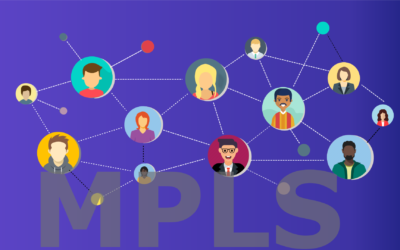What are the benefits of IoT M2M for business? To prevent sustainability issues, companies need to use IoT (Internet of Things) and implement environmentally-conscious methods in producing their products. This post will go over how IoT can help with the issues mentioned. But, with that out of the way, let’s start by defining the acronym IoT M2M.
What is an M2M SIM Card?
M2M stands for machine-to-machine. In IoT devices, M2M SIMs can transmit and receive data directly with other devices and software that manages the platform. The terms “M2M SIM” and “IoT SIM” may be confusing in this context. How does it help with the environment, governance, and social responsibility?
How IoT M2M helps environmental, governance, and social responsibility
It is no accident that nearly every high-tech company is focusing more and more on sustainability. IoT devices are becoming more powerful and efficient thanks to technologies such as 5G, blockchain, and AI, but they also consume more energy, water, and CO2.
High-tech companies are responding by designing programs that address sustainability programs and designing products with environmental, social, and governance goals in mind.
These initiatives are apparent in recent tech events; for example, at a recent technology event, many high-tech companies demonstrated their dedication to sustainability through the development of new and more sustainable products.
A new version of Samsung’s Eco Remote and smart monitors was introduced at CES 2022, while LG agreed to use up to 600,000 tons of recycled plastic in its manufacturing process.
IoT technology is designed to be energy efficient, but the explosive growth of IoT devices is causing device manufacturers to focus on further improving their power efficiency.
The new ‘Extreme Low Power Connectivity system-on-chips (SOCs)’ by Universal Electronics can maximize power efficiency, reduce power consumption, and power an eighty-percent increase in computational power with fifty-percent less battery.
Sustainability and IoT
Manufacturers should find ways to make IoT-related technologies compatible with sustainable production models to minimize eco-damage better.
To achieve their ESG goals, high-tech companies can take the following three steps.
1. Utilize cloud resources more efficiently
The term green cloud emerged because of the recent growth of the cloud computing sector, referring to optimizing cloud-based resources. Companies need to determine their energy usage, data-computing requirements, and sustainability goals for the future.
2. Transition to energy-efficient smart buildings
A smart building can reduce energy consumption, cut costs, and generate revenue. High-tech companies can develop intelligent building products and services to sell while also testing and implementing them for sustainability.
Automated processes can use such systems as climate control, lighting and security. They help a company’s buildings to consume less energy, maximize their space and minimize their environmental impact.
3. Improve semiconductor design and processing
Semiconductor design and manufacturing are the industry in which all modern devices, including processors for computers and microcontrollers, are created. Thanks to the explosive growth in IoT, AI, and machine learning, semiconductor manufacturers now have the tools necessary to develop predictive maintenance programs.
Using custom analytics to detect impending deposition process failures and prevent significant yield reductions is possible. Data is acquired and applied from a single asset, multiple machines, a manufacturing line, or even an entire fabrication process.
Supporting IoT M2M Environment
Global IoT deployment is connected devices that are active anywhere around the world, and these need to offer multiple network accesses. That is to say; these SIM cards should be global so as not to need separate SIM cards for each different country. There are two different types of international SIM cards:
A traditional SIM model; another reason this type of SIM card can be frustrating for IoT is that a home provider uses partnerships worldwide, meaning the SIM only works with one carrier per country. Moreover, the company deploying its M2M devices has no control over the networks. f your home provider witches partnerships, so will the SIM card.
The modern SIM model leverages so-called Multi-IMSI SIMs. In summary, this results in an overlapping list of networks that can provide IoT and M2M solution providers with the level of choice and control they require.
Conclusion
IoT M2M has become one of the most significant changes over two decades of GSM connectivity. Increasingly, sustainability has become incorporated into personal devices, smart electronics, homes, cars, office buildings, and the environment. Taking advantage of sustainable offerings is key to staying competitive. Start here to access a globally supported IoT management platform and proper resources.

Drew Stephens is a tenured IT professional who has worked with many technologies. He holds a B.S in Computer Science and has certifications in Network Infrastructure, Administration, Voice, Cloud Stacks, and platforms, including Azure and Google Cloud. He also has fluency in Director Level Sales in FinTech, Healthcare, and Retail.





0 Comments